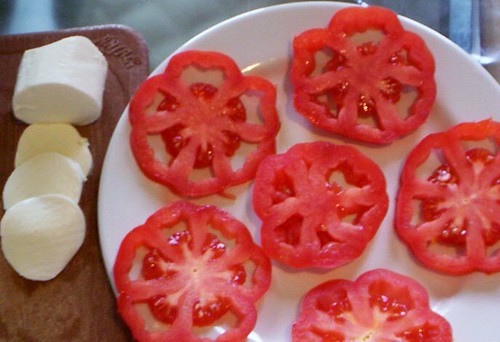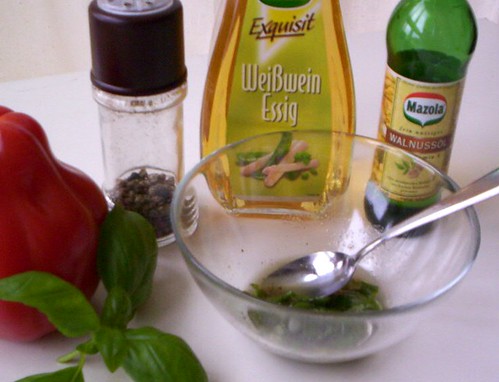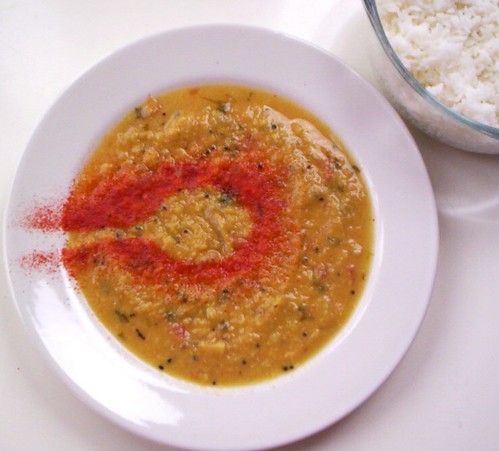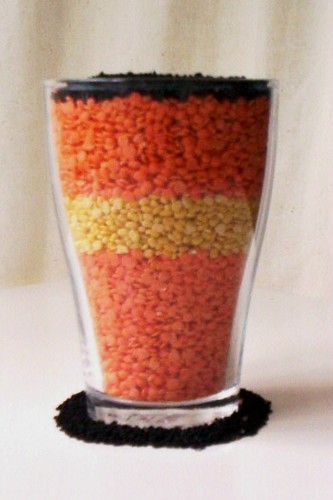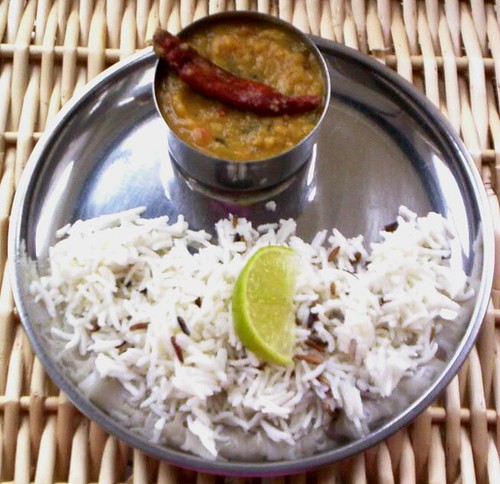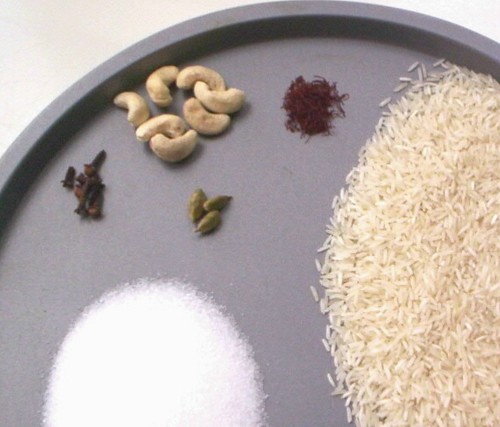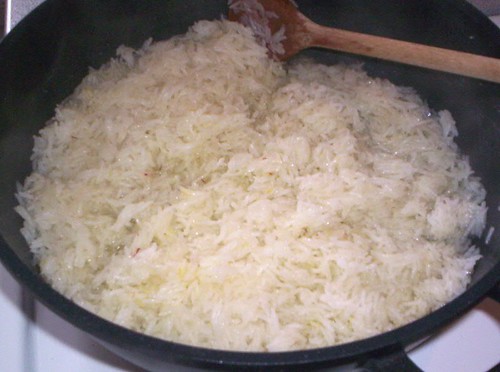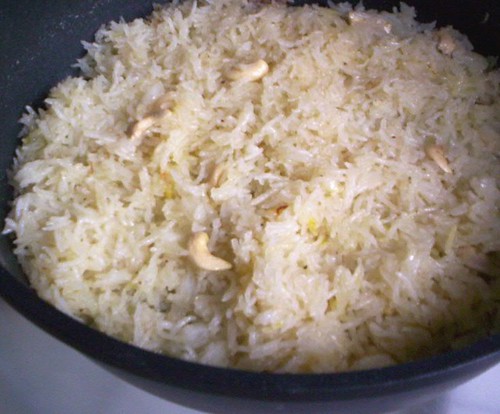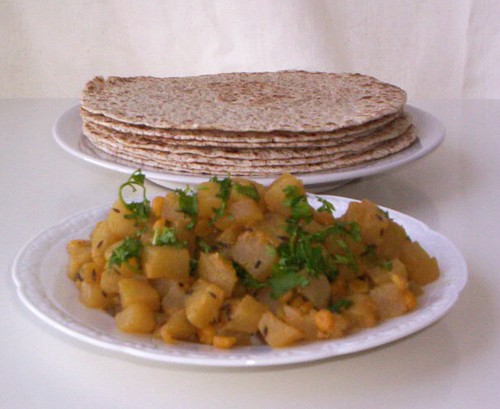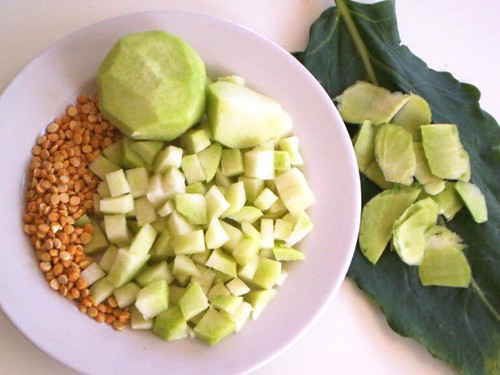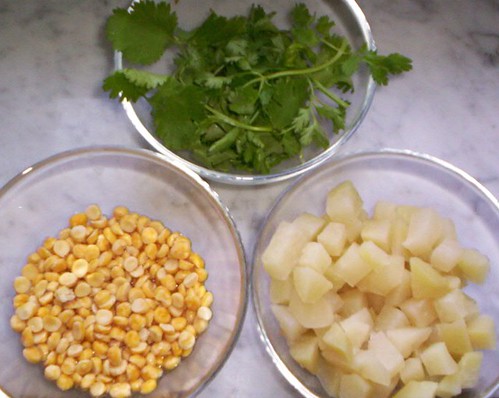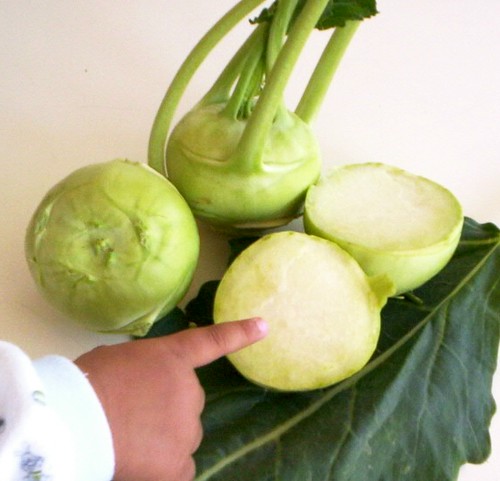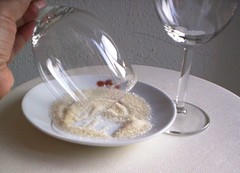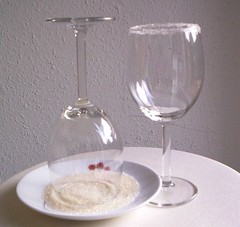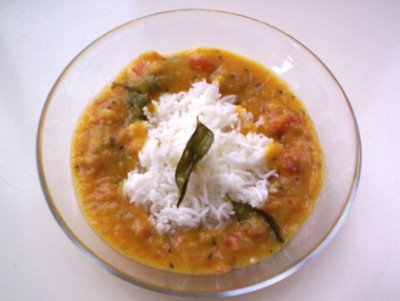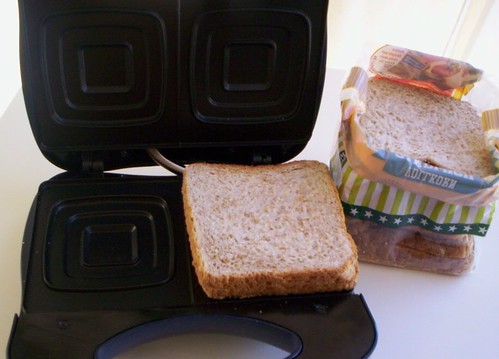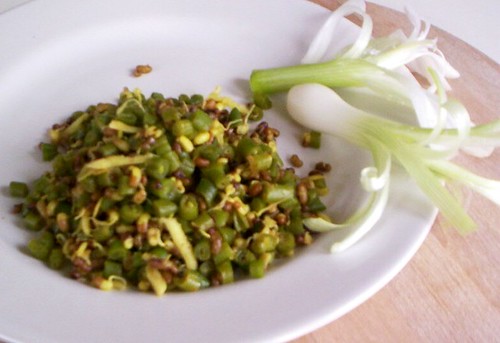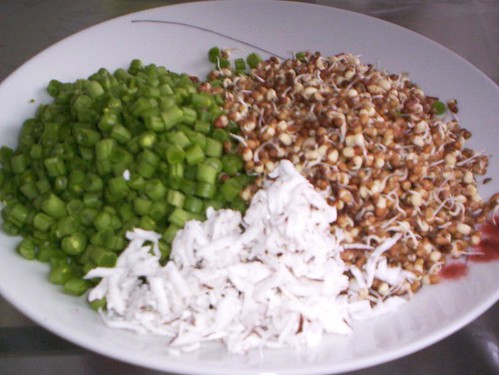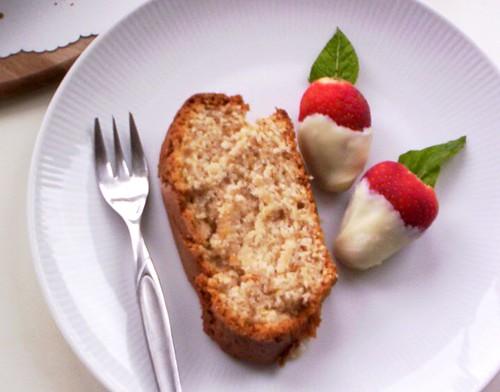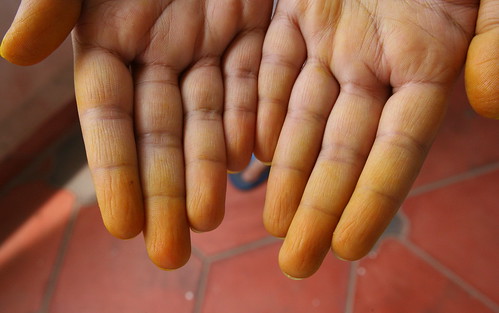Oxheart Tomato Salad with Mozzarella
After I published pictures of an unusual tomato in this post, many of you asked me what variety of tomato it actually was. I didn't know then, because as I mentioned in that post, I took the snaps at a friend's place, and she didn't know what they were called. In her comment, our fellow-blogger Linda was kind enough to point out that it could be an 'heirloom' variety. I had never heard of that term, and I definitely wanted to find out what exactly it was. So, I just found myself on the way to the vegetable vendor at the farmers' market in Düsseldorf's city centre one day. The same place where my friend had bought her tomato.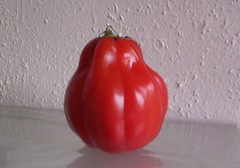 I was lucky. The French veggie vendor had some more of those tomatoes. To be precise, the 'Oxheart' or the 'cœur de bœuf' tomatoes. It is a variey of beefsteak tomatoes. The ones coming into Germany are grown in France. These tomatoes are grown in the USA as well. Has anybody of you come across it? There is this article on it on Wikipedia; it's in German. Unfortunately, there is none in English.
I was lucky. The French veggie vendor had some more of those tomatoes. To be precise, the 'Oxheart' or the 'cœur de bœuf' tomatoes. It is a variey of beefsteak tomatoes. The ones coming into Germany are grown in France. These tomatoes are grown in the USA as well. Has anybody of you come across it? There is this article on it on Wikipedia; it's in German. Unfortunately, there is none in English.
Anyway, after bringing home this tomato, when I cut it, I saw this beautiful pattern of compartments inside. The slices look like flowers, don't they? So, I dropped all ideas of chopping it up. I had to use those pretty slices just the way they were. The only thing I thought of making with it was the simple Tomato salad with Mozzarella. And that's what I made.
Recipe for Mozzarella Salad with Oxheart Tomatoes
Serves 2-3 .
Ingredients:
1 large Oxheart tomato OR two medium regular tomatoes
One ball of Mozzarella cheese (approx. 75g. - 100g. drained weight. I used the low-fat version with 8.5% total fat content.)
a few Basil leaves for garnishing
For the dressing:
2 tsp olive/walnut oil (I used walnut oil.)
a dash of white wine vinegar (optional)
3-4 Basil leaves, torn
salt & pepper to taste
Clockwise from bottom left: fresh Basil leaves, tomato, pepper mill, white wine vinegar, walnut oil, salad dressing ready to be used
Method:
1. Cut the tomato(es) horizontally in not very thin slices. Arrange them on a serving plate.
2. Cut the Mozzarella in slices. Arrange the slices on top of the tomato slices.
3. Mix all ingredients listed separately to make the dressing.
4. Distribute the dressing with a spoon evenly over the arranged tomato and mozzarella slices.
5. Sprinkle some salt and freshly crushed pepper over it, if you like.
6. Garnish with some fresh Basil leaves. Serve.
This salad is one of the few dishes, which take hardly any time to prepare, but are full of flavour in every bite. Moreover, if the tomato slices are beautiful to look at, then nothing like it. :)
Since tomatoes are rich in anti-oxidants, I'd like to send this post as an early entry to Cate's ARF/5-a-day Tuesday. Nandita suggests that I should send it to Kalyn for her Weekend Herb Blogging event. So, I shall do that too.
Tags: salad mozzarella oxheart tomato

